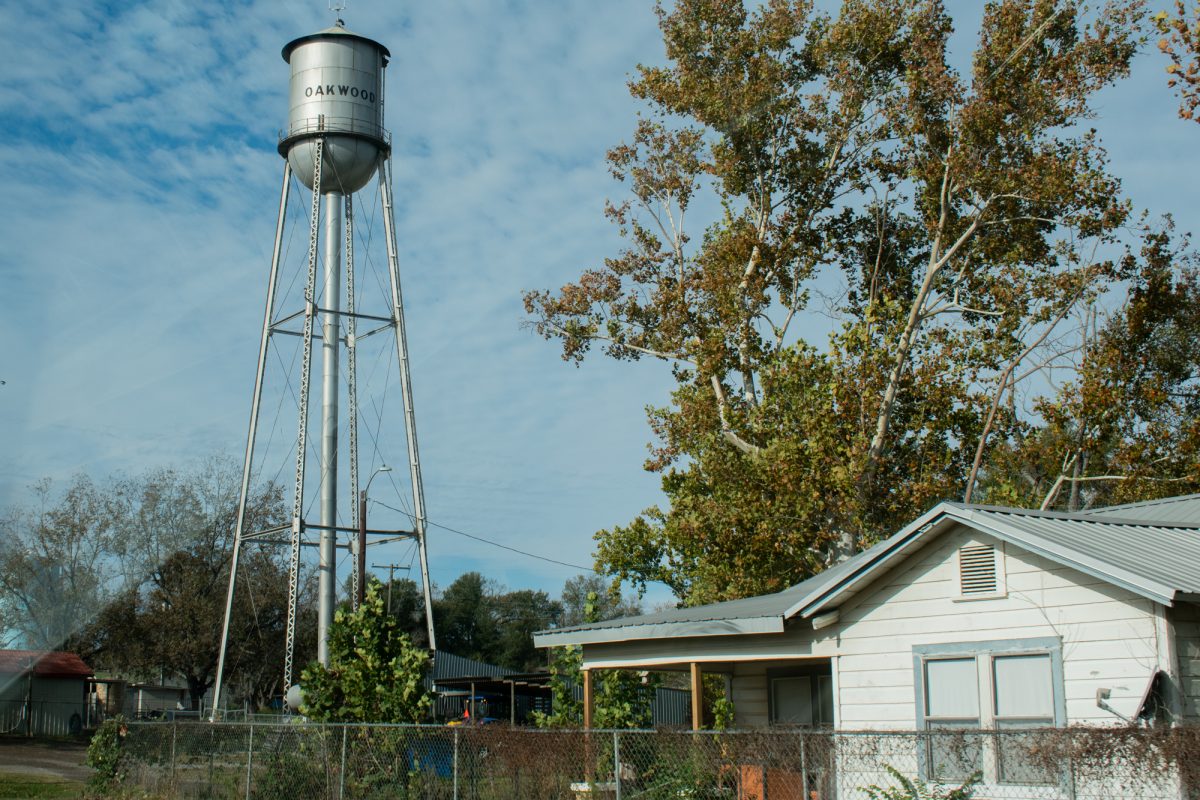In the debate surrounding whether or not to pay collegiate athletes, the National Collegiate Athletic Association’s “bread and butter,” revolves around the idea of ‘amateurism.’ This basically means that getting an education is first priority and on-field exploits come later. In short, players are students first and athletes second.
For years, the “non-profit” NCAA has viciously defended this policy. They have firmly held the stance that student-athletes should not be paid in any way besides their allotted scholarship money they receive monthly, which pays for their residential rent among other things. But beyond that, the NCAA prohibits any payment to student athletes, either for sport participation or by way of merchandise.
To me, the bottom line is simple — student athletes deserve to be paid.
That does not mean they should receive salaries like professional athletes or earn thousands upon thousands of dollars in college. I do agree with the idea of education coming first. However, as seen, especially in recent years for most athletes, it has become athletics first and education second.
Let’s just talk about the NCAA for one second. The NCAA walked away with just under one billion dollars — $912.8 million to be exact — in 2014. Sure, a lot of that money comes from the NCAA tournament, TV contracts, and other things, but the point is that for a “non-profit” organization that believes money would ruin college football, it sure does bring in quite a good chunk of change.
So, why should they be paid?
For my biggest argument, look at stories from former “employees” of the NCAA, such as former UCONN basketball standout and current NBA player Shabazz Napier and former Baylor walk-on football player Silas Nacita. In some stories of former student athletes, such as Napier and Nacitas, the whole idea of the NCAA’s ‘amateurism’ role is for the students to get their education and have a college experience. Some of these athletes come from less economically advantaged homes, and some have claimed to not have enough money to go out to movies or simply hang out with friends. In the case of Nacitas, athletes can find themselves homeless if not on scholarship.
Conferences, such as the SEC and Big 10, receive millions of dollars in revenue every year. From television rights to merchandise, the NCAA and these “power five” conferences pull in money hand-over-fist at the physical expense of these athletes.
In a business, the employers are what make the company function effectively. Without the work of all the employees, the business would collapse and go under. The employees are critical pieces to the puzzle.
So, let’s say you are an employee. If your bosses and upper level management all walked away with paychecks and took the credit for the hard work and time you sacrificed, while you didn’t get a direct paycheck too, wouldn’t you be upset?
It is the same idea with student athletes and the NCAA. Student athletes deserve a piece of the pie, too.
Andre Perrard is a sports management senior and sports reporter for The Battalion.









